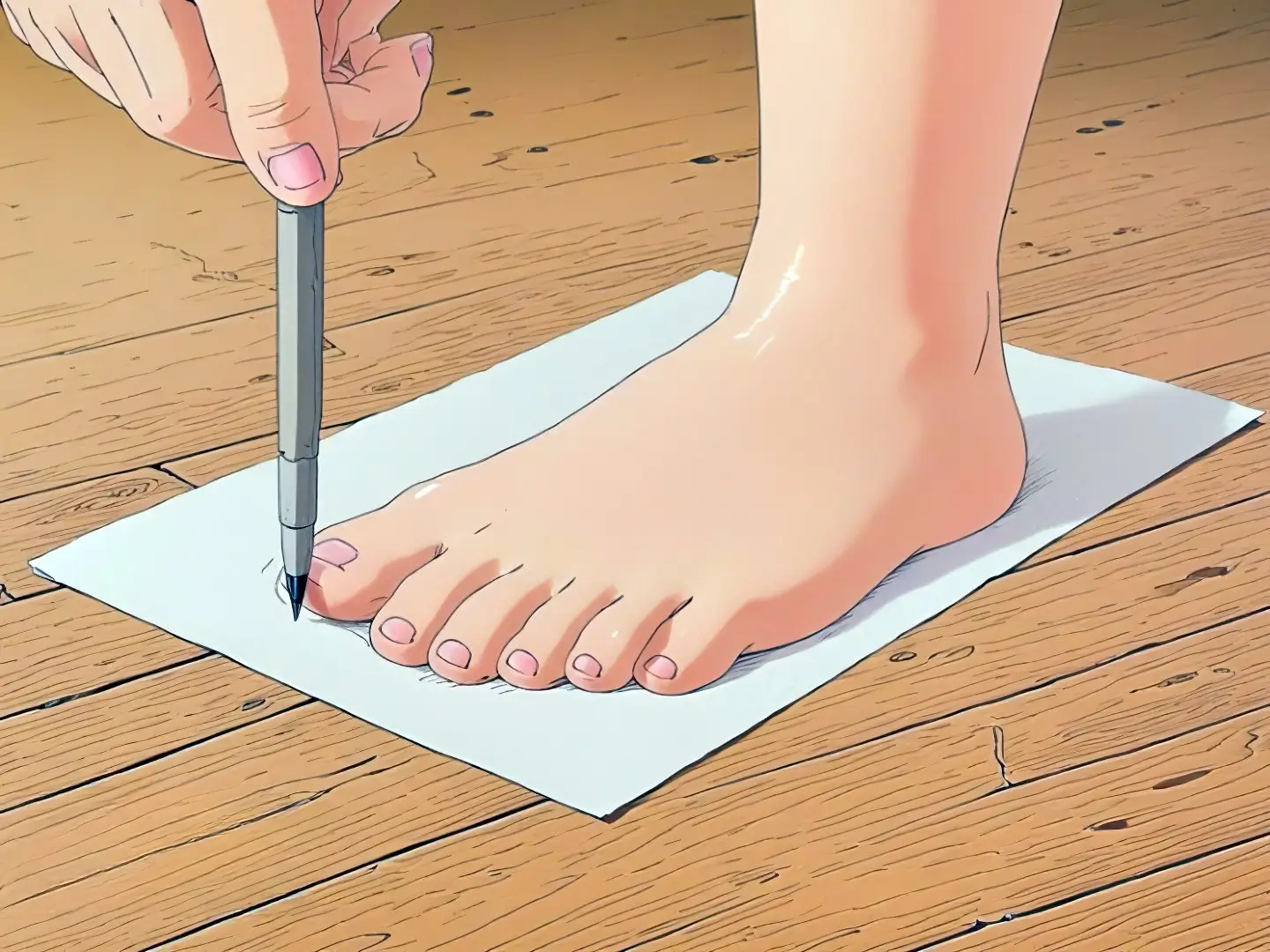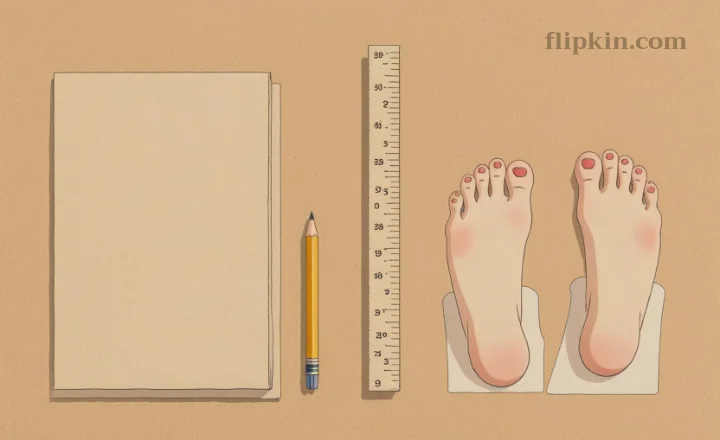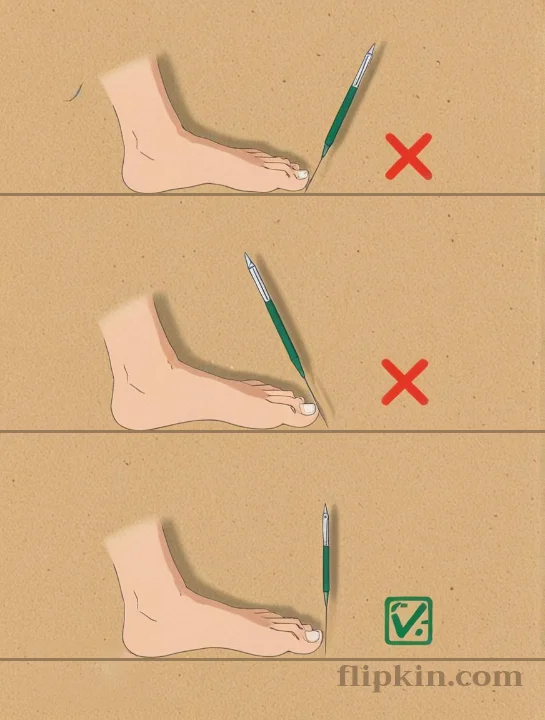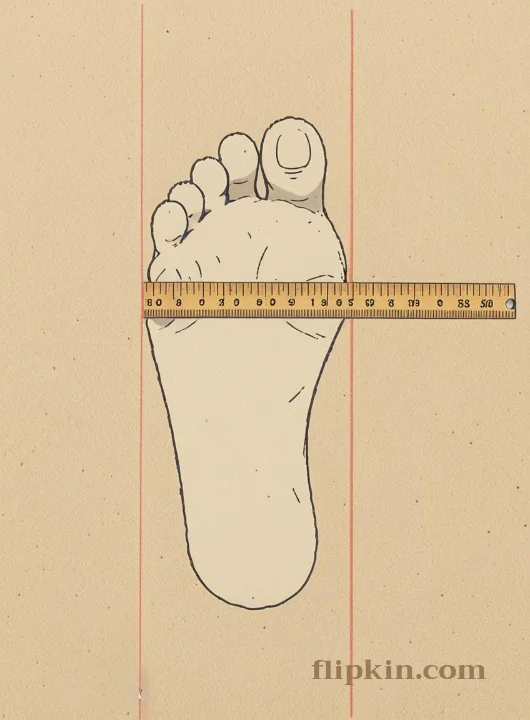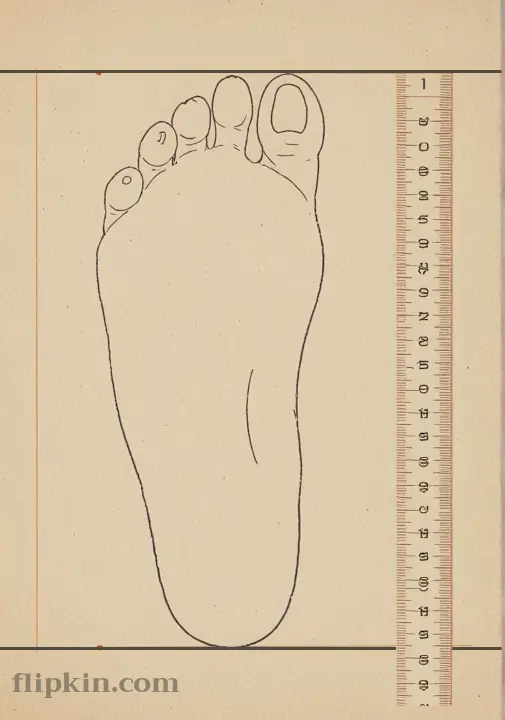Imagine your feet as the foundation of a building. Just as a shaky foundation can compromise an entire structure, ill-fitting shoes can affect your entire body’s biomechanics. Wearing the wrong shoe size isn’t just about discomfort—it’s a potential health and performance risk that many people face.
The Science Behind Proper Fitting
Our feet directly influence our posture and the way we walk, known as our gait. This affects the biomechanics and overall structural integrity of our bodies. This interconnectedness means that foot health is not an isolated concern; it has far-reaching effects throughout the musculoskeletal system.
Inadequate foot support can lead to compensatory adjustments in walking and standing, causing discomfort and pain in the ankles, knees, hips, and even the back.
The Risks of Wearing the Wrong Shoe Size
Let’s examine what happens when shoes fit badly—
Short-Term Consequences:
- Blisters and Calluses: Friction from too tight or too loose shoes causes painful skin irritation
- Toe Pain: Cramped toes in narrow or short shoes create discomfort, especially after extended wear
- Heel or Arch Discomfort: Improper support makes every step uncomfortable
Long-Term Consequences:
- Foot Deformities: Tight shoes can cause bunions or hammertoes—your toes can reshape under constant pressure
- Chronic Pain: Misaligned feet can throw off your knees, hips, and back, turning minor aches in persistent problems
- Mobility Issues: Long-term damage like neuropathy (numbness) can develop, making it harder to stay active
Know Your Shoe Size
When to Measure Your Feet
Your feet aren’t the same size all day long. They are smallest in the morning, but as you walk, stand, or move around, gravity and pressure cause blood and fluids to pool in your lower extremities—making them swell a bit, similar to how they feel after a workout, a long walk, or a busy day. Measuring them in the evening or after workout gives you the most accurate, real-world size for comfortable shoe fitting.
What You’ll Need
- A blank piece of paper (larger than your foot)
- A pencil or pen
- A ruler or measuring tape
- The socks you wear with your shoes
- Your foot (most important! 😀)
Know Your Shoe Size
When to Measure Your Feet
Your feet aren’t the same size all day long. They are smallest in the morning, but as you walk, stand, or move around, gravity and pressure cause blood and fluids to pool slightly in your lower extremities—making them swell a bit, similar to how they feel after a workout, a long walk, or a busy day. Measuring them at the evening or after workout gives you the most accurate, real-world size for comfortable shoe fitting.
What You’ll Need
- A blank piece of paper (larger than your foot)
- A pencil or pen
- A ruler or measuring tape
- The socks you typically wear with your shoes
- Your foot (most important! 😀)
Measure Foot Length
- Prepare Your Surface
- Place the blank paper on the ground
- Make sure the paper doesn’t slide or crumple
- Position Your Foot
- Put on the socks you usually wear, if any.
- Stand naturally with your full weight on the paper
- Keep your leg straight but not locked, with weight evenly distributed
- Trace Your Foot
- Have someone trace around your foot with the pencil held perfectly vertical
- If measuring alone, carefully trace around your foot while seated, then stand on the outline to check accuracy
- Ensure the pencil remains perpendicular to the paper for the most accurate outline
- Keep the tracing close to your foot without angling the pencil inward
- Mark Key Points
- Draw straight lines touching the top of your longest toe and back of your heel
- Measure the distance between the heel and toe lines in centimeters or inches
- This is your foot length
- Repeat for Other Foot
- Most people have one foot slightly larger than the other
- Hence complete the same process for your other foot
- Consider the size of longer foot length for choosing the size
Pro Tip: If you’re on the fence between sizes, go bigger and tweak the fit with socks or insoles. Better a little room than a tight squeeze!
Pro Tips for Perfect Sizing
- Different Activities may require different fits (e.g., running shoes often need more toe room than casual shoes)
- Re-measure as foot size changes with age, weight fluctuations, or pregnancy.
- Shop Late Day when purchasing shoes in person to match your measured conditions
- Check Return Policies before purchasing, especially for online orders
Some interesting facts
- Growth Continues: Most people’s feet continue growing until around age 20-21
- Daily Changes: Foot size can change up to 8% throughout a single day
- Unique Like Fingerprints: Foot shape and size are as unique as fingerprints
- Life Changes: Pregnancy and significant weight changes can reshape foot size.
- Asymmetry is Normal: About 60% of people have one foot larger than the other.
- Historical Perspective: The modern shoe sizing system was invented in 1324 by King Edward II of England
- Hard Workers: The average person takes about 7,500 steps per day—meaning your shoes support over 2.7 million steps annually
